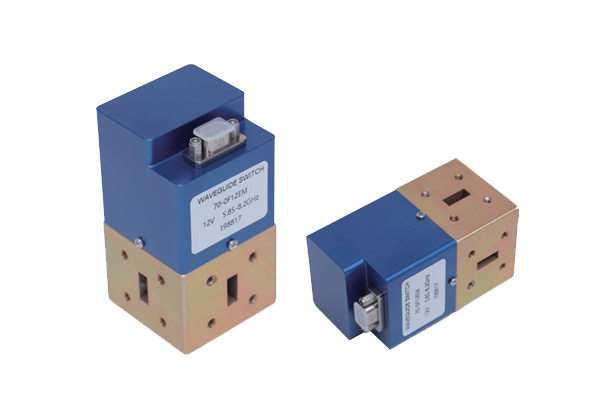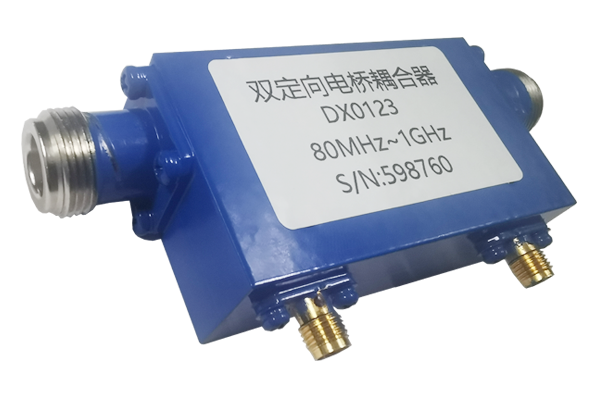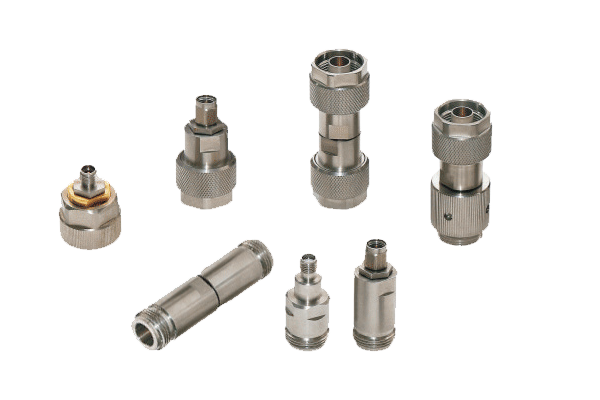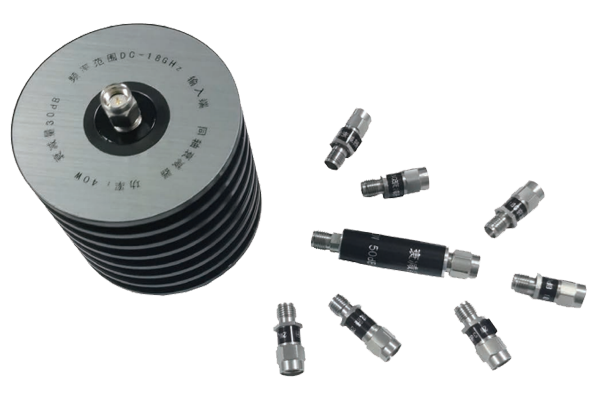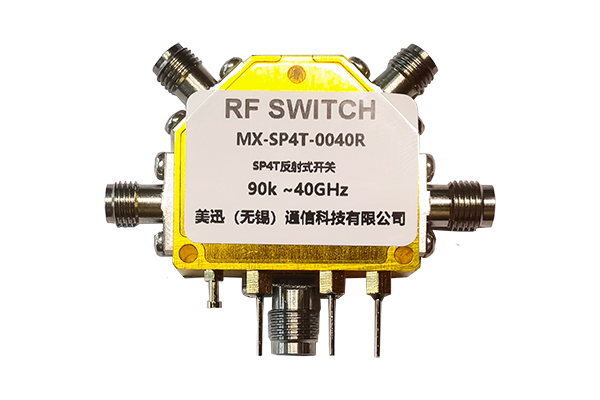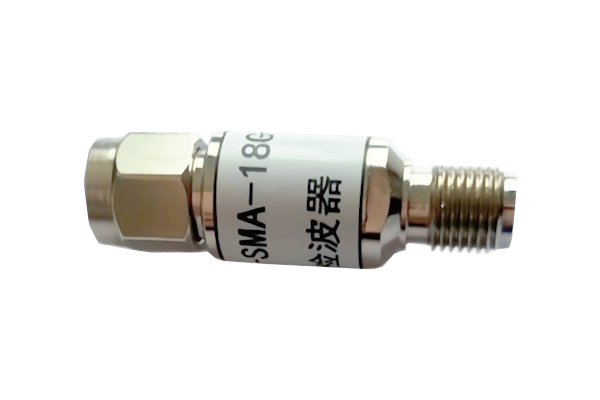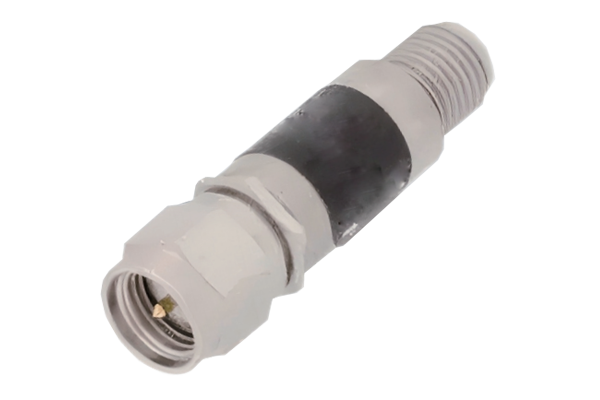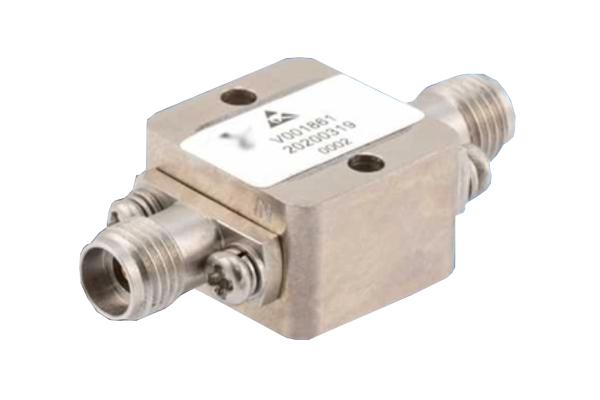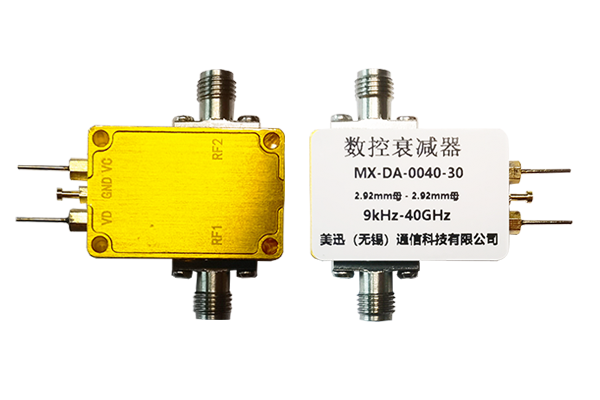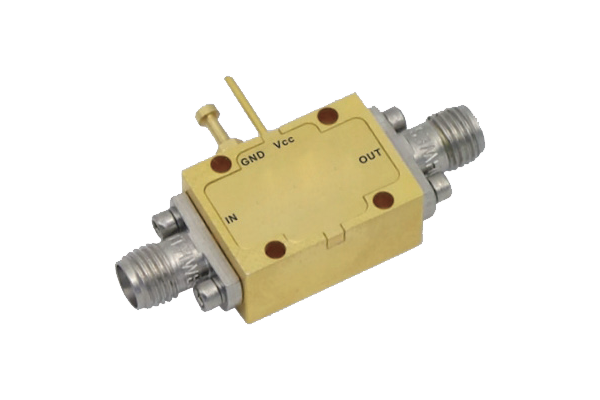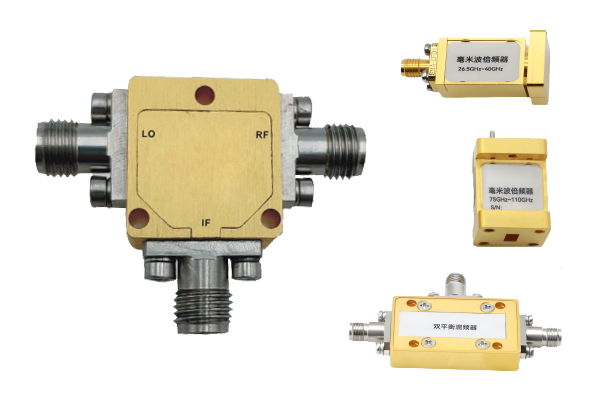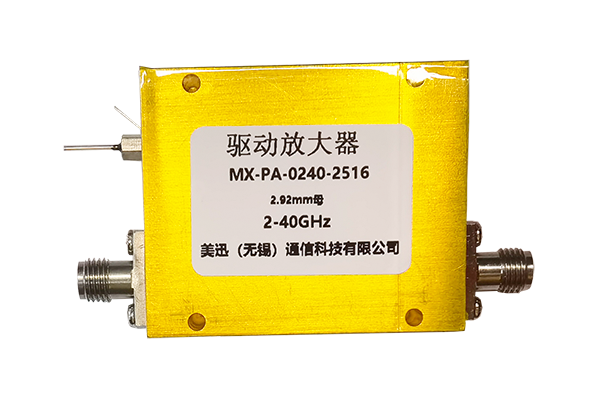How Does an Explosion Proof Valve Respond to Battery Thermal Runaway
Explosion-Proof Valve in Battery Thermal Runaway
Thermal Runaway Process
Thermal runaway triggers a chain reaction: as internal temperatures surge—often exceeding 600°C—battery electrolytes decompose, releasing large volumes of flammable gases like hydrogen, methane, and carbon monoxide, accompanied by a rapid pressure spike.
Valve Safety Mechanisms
- Pressure-activated release: Precisely calibrated to open when internal pressure surges above normal operating levels but below the battery casing's burst limit
- Thermal mitigation: Expels hot gases to reduce internal temperature and slow exothermic reactions
- Flame arresting: Internal structure cools escaping gases below ignition temperature
- Automatic resealing: Some valves reseal after conditions normalize to limit contamination
Pressure Relief Function
The valve's first response is pressure-activated release. This controlled release prevents catastrophic casing rupture, which would scatter burning electrolytes and spread fire.
Integrated Protection
- Prevents casing rupture and fire spread
- Maintains functionality in extreme temperatures (600°C+)
- Breaks the ignition feedback loop
- Protects nearby equipment and personnel
By integrating pressure relief, thermal mitigation, and flame suppression, explosion-proof valves effectively contain the impact of thermal runaway, preventing the spread of fire or explosions.




